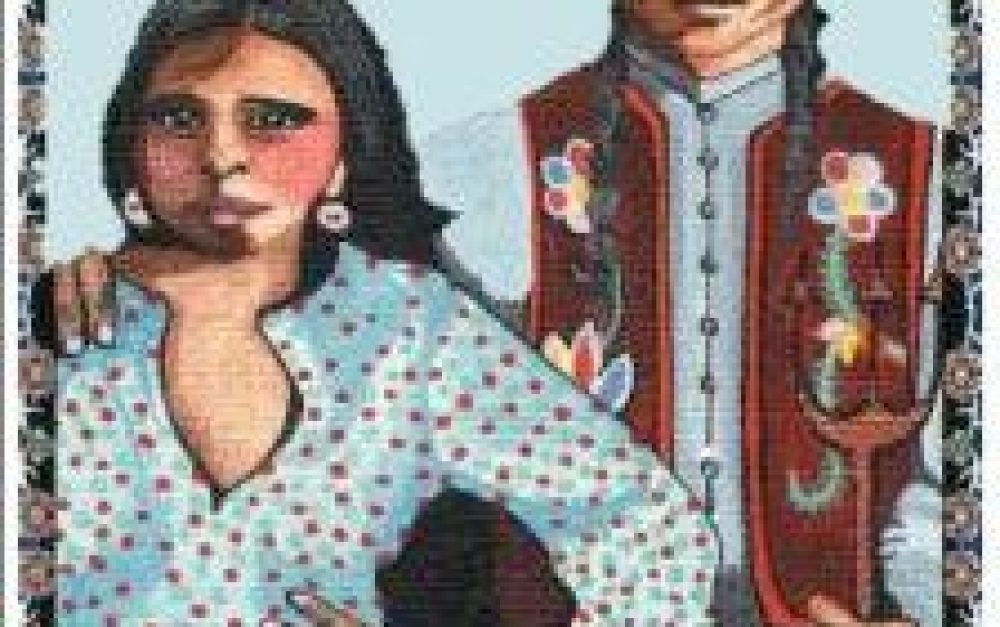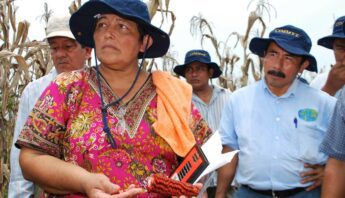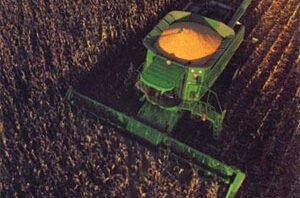I spent much of last week in the sub-freezing cold of northern Minnesota, attending the 8th Annnual Great Lakes Indigenous Farming Conference. Every year, Winona LaDuke and the White Earth Land Recovery Project bring a couple hundred farmers, activists, and tribal leaders together on the White Earth Reservation to discuss the intersections of farming and culture from an indigenous perspective. One of the goals of this year's conference was to lay the groundwork for an Anishinaabeg/Great Lakes seed library.
I learned from Caroline Chartrand of Seeds of Diversity that 75% of the seed varieties available 100 years ago have been lost. That's a huge loss of agricultural biodiversity, and those genes are gone forever. Of the remaining 25%, most are in danger of becoming extinct.* Thousands are only being cultivated in a few farms and gardens or are available only from one or two heirloom seed companies. When these farmers retire or if these seed companies go out of business or drop unpopular products, these cultivars risk being lost.
Maawanji'idiwag Ji Gizhaadamowaad Miinkaanan —They Are Gathering to Protect the Seeds.
But I also learned what organizations like Seeds of Diversity and Seed Savers Exchange are doing to preserve these varieties — growing them out to multiply the supply of seeds, archiving seeds in the "Doomsday" vault, and, most critically, making these varieties available once again to farmers and gardeners through catalogues and seed trades.
But it's not just about preserving germplasm, it's also about preserving history and culture. Deb Echo-Hawk, Keeper of the Seeds for the Pawnee Nation of Oklahoma, talked about her efforts to save and revive traditional corn varieties grown by her ancestors. Starting with just a handful of kernals, Echo-Hawk, with the help of her community and gardeners in Nebraska (the Pawnee lived in Nebraska until they were relocated to Oklahoma 150 years ago), has brought eagle corn back from the brink of extinction.
Somewhat suprisingly (to me at least, but maybe I've grown cynical), the USDA is also involved in rescuing native and heirloom varieties of corn. Frank Kukta of the USDA's Sustainable Agriculture Research and Education Program North Dakota branch talked about the great work being done to preserve and improve (via traditional plant breeding, not genetic engineering technology) culturally important varieties.
For me, these discussions clarified something that I'd already kind of known, but hadn't really thought on very much. It is that our work to reform the industrial food system isn't just about protecting human health, human rights, and the environment from pesticides, malnutrition, and corporate exploitation. It's also about protecting and preserving the diverse cultures and ways of life that exist on the planet.
* "Extinct" may not be exactly the right word, since technically it applies to species, and different varieties of a crop are typically members of the same species. But the loss of these seeds certainly feels like extinction.







